Icon of Saint Seraphim of Sarov
€40,00 – €100,00Price range: €40,00 through €100,00 "without VAT"
Icon of St. Seraphim of Sarov polished with handmade silk screen printing on a polished gold background in various dimensions. The icon is available in various sizes, making it suitable for different spaces and preferences.
Icon of St. Seraphim of Sarov polished with handmade silk screen printing on a polished gold background in various dimensions.
Celebration 2 January
Saint Seraphim was born in Kursk, Russia on July 19, 1759 AD and was named Prochoros. His parents, Isidoros and Agathi Mosnin, were wealthy merchants. His father owned brick factories and also undertook the construction of stone buildings, temples and houses. At one time he began to build a temple in Kursk in honour of Saint Sergius of Radonezh, the Miracle Worker, but suddenly in 1762 AD, he died, leaving his wife to take care of the completion of the temple. Prochoros inherited the virtues of his parents, especially their piety.
At the age of ten he began to learn the sacred letters with zeal, but he suddenly fell seriously ill with no hope of recovery. At the most critical stage of his illness he saw in his sleep the Virgin Mary, who promised to visit and heal him. Indeed, it happened one day that a procession was held and the miraculous icon of the Virgin Mary passed outside the home of the sick little boy. At that moment a heavy rain fell. The procession stopped and the icon was moved to the courtyard of the Prochoros’ house until the rain had passed. Then his mother, Agathi, took down her sick child and passed him under the icon. From that day his health improved until he was completely restored.
As a young man, he leaves his family home in the city of Kursk and comes to the monastery of Sarov. His ordeal to become a monk lasts eight years. On August 13, 1786 A.D., he lies a monk by the name of Seraphim. In two months he was ordained Deacon.
Guarded by a humble spirit, Deacon Seraphim rises to the Spiritual life “from strength to strength”. As a Deacon he remains in the Monastery all day long, ministering in the Sequences, strictly observing the monastic regulations and carrying out his ministries. In the evening, however, he retires to the forest, to his hermit cell, where he spends the night hours in prayer, and very early in the morning he returns to the monastery again.
On September 2, 1793 A.D. he was ordained a Priest and with greater zeal and love he immersed himself in the Spiritual struggle. Now he is no longer satisfied with the hard work of the communal life, i.e. common prayer, fasting, obedience, incontinence. The thirst for higher Spiritual exercises flares up within him. He therefore leaves the monastery, with the blessing of the abbot, and retires into the dense forest of Sarov.
There he spends fifteen years in perfect solitude, with strict fasting, unceasing prayer, study of the Divine Word and physical labor. For a thousand days and a thousand nights he imitates the old stylists of the Church. Climbing up on a stone and with his hands raised to heaven, he prays: ‘God forgive me my sins’.
After finishing his retreat, he returned to the Sarov Monastery and was locked up as a tomb in solitary confinement for another fifteen years. For the first five he puts himself under the rule of silence. By unceasing prayer he is illuminated whole by Divine Grace and claims to experience Spiritual ascensions and if he sees divine visions. After confinement, now mature in Spiritual life and old in age, he devotes himself to the ministry of his neighbor, the least brother.
With his strict ascetic life and his luminous figure, he had attracted around him a multitude of Christians who loved him and firmly believed in the miraculous power of his holy prayers. Rich and poor, famous and obscure alike flocked daily to his cell to receive his blessing and Spiritual guidance for their lives. He received them all with love and when he saw their faces he would exclaim: “My joy!”.
He confessed many, he healed the sick, while others were given to embrace the cross he had hung on his chest or the icon he had on the table of his cell. To many he offered as a blessing counter-sacrifice, holy water or nuts, others he crossed them on the forehead with oil from the candle, while some he embraced and embraced them saying: “Christ is risen!”.
On January 1, 1833 AD, Sunday, the Saint came for the last time to the Church of the Hospital of Saints Zosima and Sabbatius. He lit candles on all the icons and embraced them. He received the Blessed Sacrament and after the end of the Mass he asked forgiveness from all the brothers, blessed them, embraced them and consoled them: “Save yourselves, do not rest, watch and pray. Our steadfastness is being prepared”.
Monk Paul noticed that the Saint went three times that day to the place he had indicated for his burial. He sat there and looked at the earth for some time. In the evening he heard him singing Easter hymns in his cell: “Christ’s resurrection we have seen….”, “Light, light the new Jerusalem….”, “O Easter, great and holy, Christ….”.
The Saint slept in peace on January 2, 1833 AD. The monks saw him in his white vestments, kneeling in prayer before the icon of the Virgin Mary, unclothed, with the bronze cross around his neck and with his hands on his chest in the shape of a cross. They thought he had fallen asleep.
His holy relics disappeared during the October Revolution and were rediscovered in 1990 AD in St. Petersburg. In 1991 AD they were returned to the Diveyevo Monastery.
- 100% guaranteed transaction!
- 100% money back guarantee!
- Immediate delivery to the products we have in stock.
| Weight | N/A |
|---|---|
| Dimensions | N/A |
| Icon Decoration | with handmade serigraphy, with polished gold, with wood |
| Collection | Church supplies |
| Icon Type | Polisher, Serigraphy |
| Size | Big – LG, Medium – MD, Small – SM, Very small – XS |
| Material | Wooden |
| Name of Saint | Saint Seraphim of Sarov |
Only logged in customers who have purchased this product may leave a review.
You may also like…
Hierarchical Items
Church supplies
Church supplies
Related products
Church supplies
Church supplies
Church supplies
Church supplies
Church supplies
Church supplies
Church supplies
Church supplies

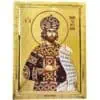


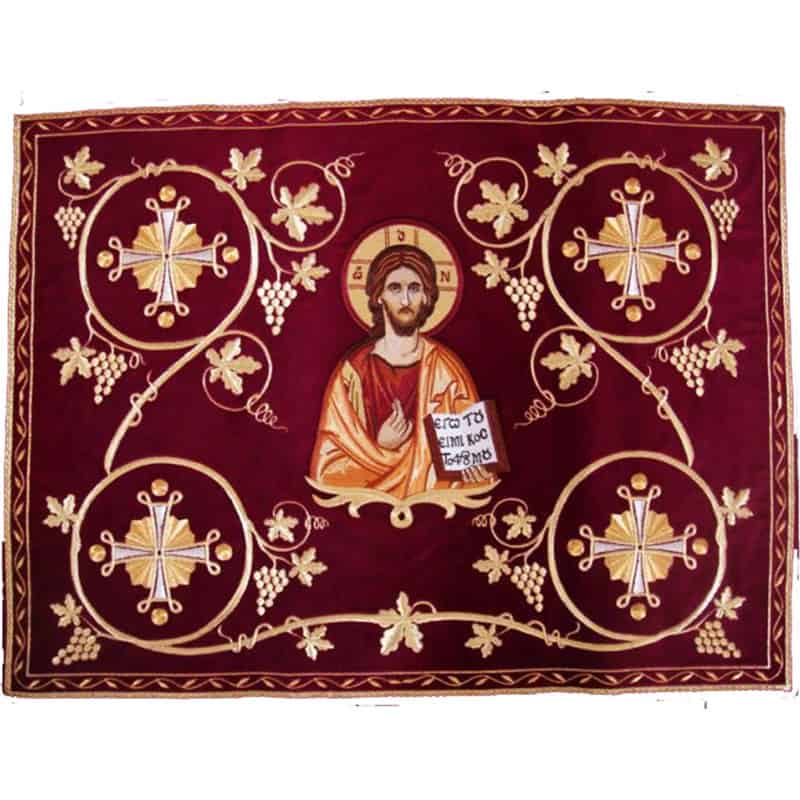
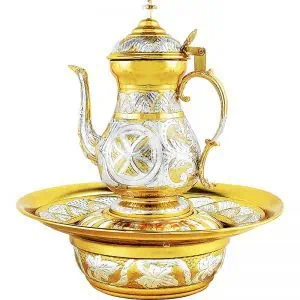
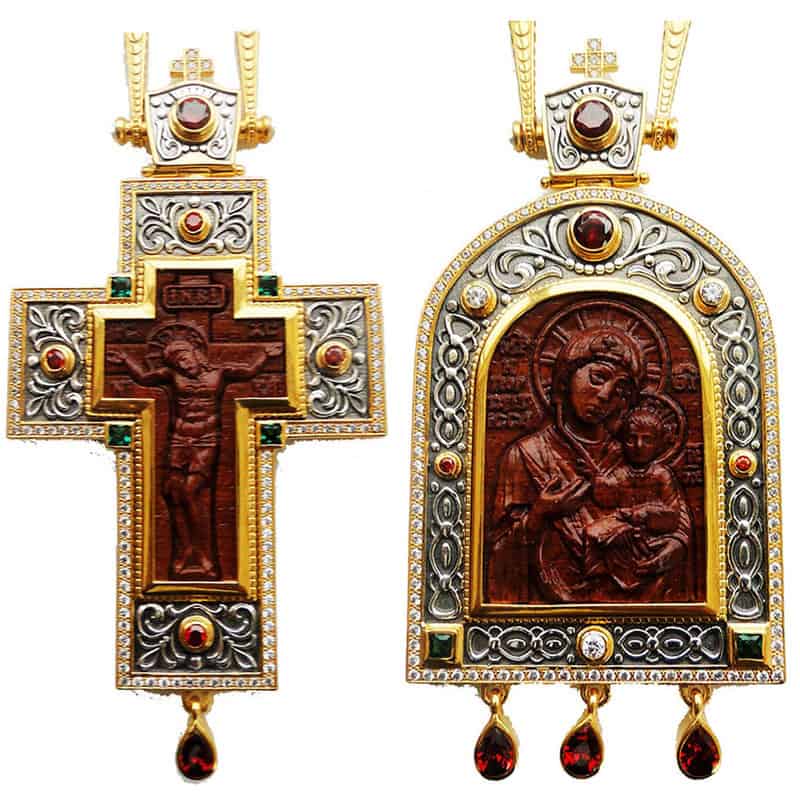
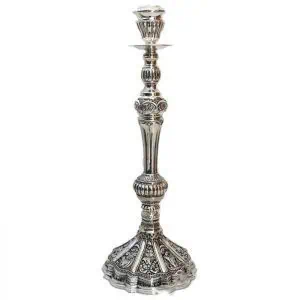
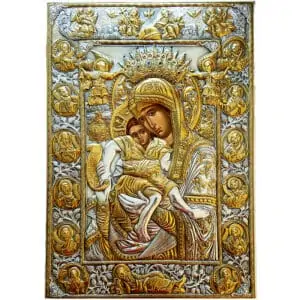
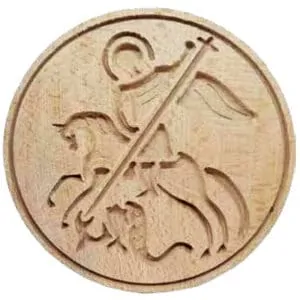

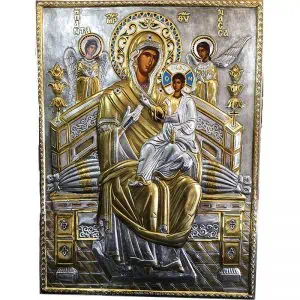


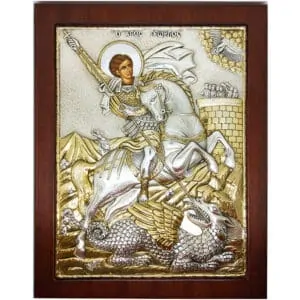


Reviews
There are no reviews yet.